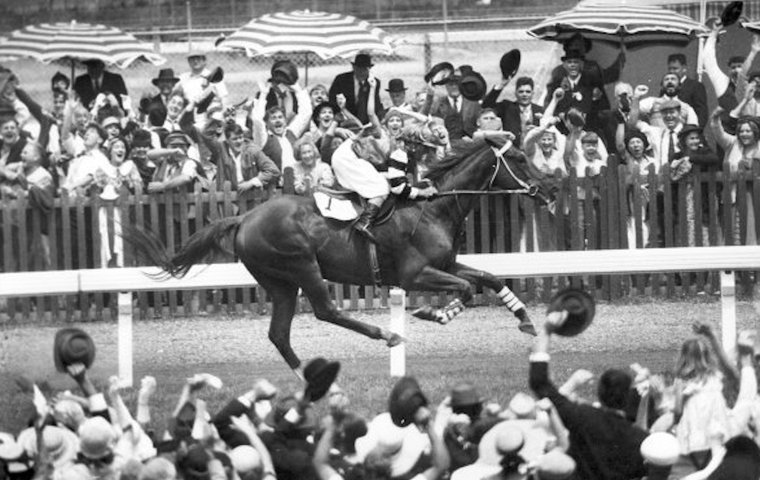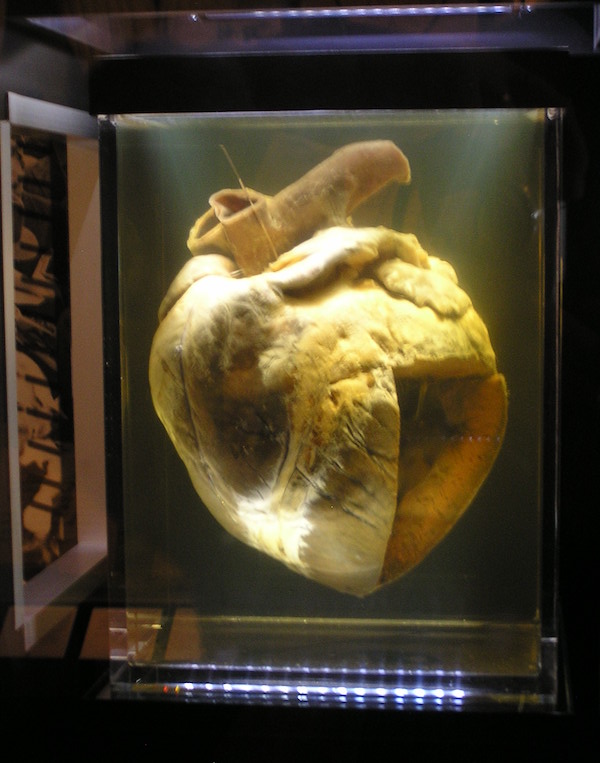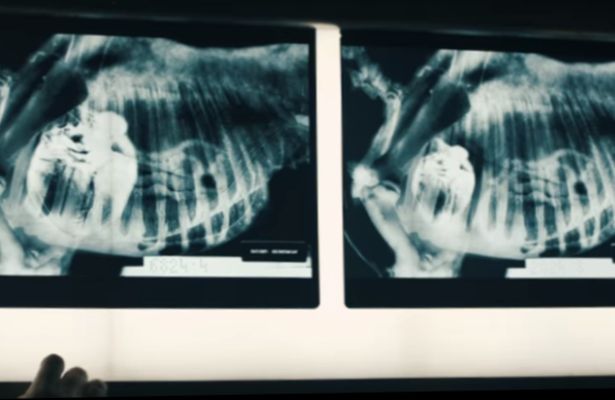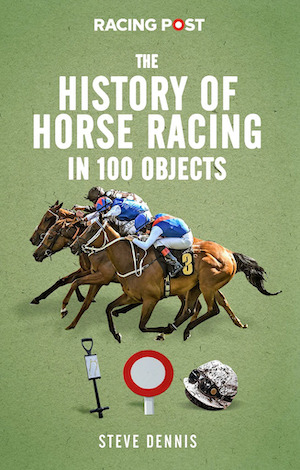
Enjoy this second extract from Steve Dennis’s wonderful book, A History of Horse Racing in 100 Objects – an ambitious work that condenses the sport's heart and soul into a century of milestones that connect its ancient past and its vibrant present.
The skeleton of Eclipse – read another extract from Steve Dennis's book here
What is essential is invisible to the eye. It is impossible to tell whether one horse will be able to run faster than the others simply by looking at it. Good conformation is a help, good breeding is a hint, but there are no guarantees. What is essential is its spirit, its will, its heart, and no certain value can be assigned to such qualities, unless we descend from the realm of the metaphysical.
The average horse’s heart weighs 10lb (4.5kg), roughly one per cent of its bodyweight. Occ asionally someone will refer to this horse or that as having a heart like a lion, although that would be a distinct disadvantage considering that a horse’s heart weighs three times as much as that of a lion. So much for the average horse; there’s nothing average about some horses.
asionally someone will refer to this horse or that as having a heart like a lion, although that would be a distinct disadvantage considering that a horse’s heart weighs three times as much as that of a lion. So much for the average horse; there’s nothing average about some horses.
The great Australian galloper Phar Lap had a heart that, once he was dead and opened, was said to weigh 14lb, a heart of (a) stone, a huge beating pump of an organ that was cited as the main physiological reason for his brilliant racetrack performances. Phar Lap’s heart is on display in the National Museum of Australia in Canberra, although its authenticity is debated.
Eclipse’s heart reportedly weighed the same amount, and again his outstanding performances were later attributed to this physical advantage. The top-class US horse Sham had a heart that weighed in at 18lb, according to the results of autopsy, but Sham was an unfortunate beast, born in the same year as Secretariat, destined to come off second best on the racetrack and in post-mortem. Secretariat was a giant in every conceivable way.
The son of Bold Ruler was a big red locomotive, a tremendous machine, whose wanton destruction of the clock in the 1973 Belmont Stakes was outlined in the earlier chapter on electrical timing.
He had a barrel of a chest, a huge strongbox of muscle, and within it was a heart that propelled him to preternatural greatness, and which was estimated to weigh as much as 22lb. “We were all shocked,” said veterinary professor Dr Thomas Swerczek, quoted in William Nack’s book about the horse. “Nothing I’d ever seen compared to it. It was normal, it was just larger. I think it told us why he was able to do what he did.”
What he did was the stuff of legend. Secretariat towered over the landscape, towers over it in perpetuity, the potent distillation of 250 years of breeding into the perfect specimen, the word made flesh, and that word was ‘wow’.
He was voted Horse of the Year after his two-year-old campaign, a season of steadily heightening promise that was fulfilled in the most glorious manner the following year. Secretariat won the Triple Crown, beating poor big-hearted Sham in the Kentucky Derby and the Preakness and then breaking Sham’s heart, his spirit, in the Belmont Stakes, which is generally agreed to be the greatest single performance of any running horse, at any time, in any place in history. It sounds a bold statement; watch the race. If the earth hadn’t been round he would have run clean off the edge of it.
Secretariat won the Belmont by 31 lengths, without jockey Ron Turcotte touching him with the whip. He smashed the track record into little pieces, slicing almost two and a half seconds off the previous mark. Celebrated turf writer Charlie Hatton typed, with trembling hands, the words “He could not have moved faster if he had fallen off the grandstand roof. His only point of reference is himself”.
And when the day was done, and the counting over, there remained around 5,600 winning tickets on Secretariat left uncashed. People were keeping them for souvenirs. They’d already got their money’s worth.
Secretariat’s racing record was not perfect – he was beaten three times (and disqualified once) after the acceptable defeat on his debut – but everything else about him was. Seth Hancock, owner of the storied Claiborne Farm, where Secretariat stood as a stallion, paid him a tribute that matched in eloquence what it sought to praise.

“You want to know who Secretariat is in human terms? Just imagine the greatest athlete in the world. The greatest. Now make him six-foot-three, the perfect height. Make him real intelligent and kind. And on top of that, make him the best-lookin’ guy ever to come down the pike. He was all those things as a horse.”
Secretariat was naturally voted Horse of the Year again and was retired to stud, where he was not an unqualified success, although the quality of his daughters and of their offspring ensured his name would live on in pedigrees. He died from the effects of laminitis in October 1989, whereupon the autopsy revealed his secret that to anyone who ever saw him run was no secret at all.
There are elements of horse physiognomy that are believed to imply certain characteristics. Big ears are said to suggest a generous, willing nature; a ‘wall eye’, one in which white can be seen around the rim of the eyeball, may indicate the opposite; a big frame, with unusually long legs, can be associated with unsoundness in wind and limb. Party Politics, winner of the 1992 Grand National, was uncommonly tall, almost 18 hands high, and bore out this theory. When he galloped he seemed to gambol, like a large Labrador puppy.
But it’s what you can’t see that counts. Heart of a lion? The heart of a horse is bigger, stronger. It drives him towards glory, and takes us along for the ride.
 • The History of Horse Racing in 100 Objects by Steve Dennis is available here
• The History of Horse Racing in 100 Objects by Steve Dennis is available here
History of Horse Racing in 100 Objects: And the rest nowhere – the skeleton of Eclipse
California dreamin’ – the inside story of California Chrome
Jay Hovdey's Favorite Racehorses: Ancient Title – ‘There were so many times he took the breath away’
View the latest TRC Global Rankings for horses / jockeys / trainers / sires


